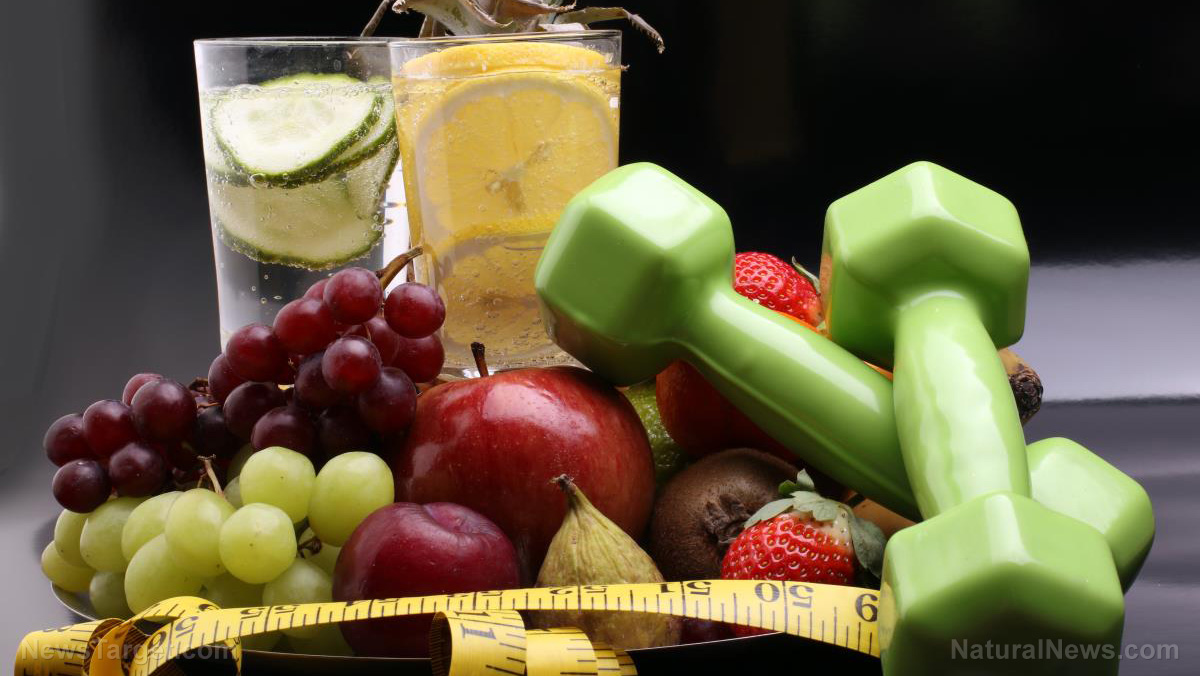
Advertisement
According to researchers, the reason why memory fades and other brain functions diminish as we age is that the aging process causes immune cells in the brain called microglia, to become chronically inflamed.
A recent study from the University of Illinois (U of I), however, states that this can be staved off with the help of an unlikely nutrient – dietary fiber.
In a study published in Frontiers in Immunology, researchers noted that high-fiber diets have the potential to not only effectively reduce brain inflammation but also, cut the risk for developing age-related neurodegenerative diseases.
The study notes that once dietary fiber reaches the gut, it gets fermented and converted by bacteria into short-chain fatty acids that are known for their anti-inflammatory properties.
One such fatty acid is butyrate, which, in its drug form, inhibits the production of several cell-damaging chemicals by inflamed microglia, including interleukin-1?, which has been linked to the development of Alzheimer’s disease in humans.
“Butyrate is of interest because it has been shown to have anti-inflammatory properties on microglia and improve memory in mice when administered pharmacologically,” Rodney Johnson, the head of the Department of Animal Sciences at U of I, and the corresponding author on the study, said.
Furthermore, the researchers also noted that the high-fiber diet dramatically lowered the intestinal inflammation in the older mice, to the point where they were indistinguishable from the younger specimens.
In addition, genetic tests on the mice found that those fed a high-fiber diet also had reduced inflammation in their brain’s microglia, which account for about 15 percent of all cells within the brain.
According to Johnson, while their study was conducted on mice, he and the rest of the team are comfortable extending their findings to humans.
“What you eat matters. We know that older adults consume 40 percent less dietary fiber than is recommended. Not getting enough fiber could have negative consequences for things you don’t even think about, such as connections to brain health and inflammation in general,” Johnson said.
What is dietary fiber?
Dietary fiber is a broad term that is used to describe plant-based carbohydrates that are not digested in the small intestine, but instead, pass through the body undigested.
Fiber helps regulate the body’s use of sugars and helps keep one’s hunger and blood sugar in check.
Children and adults need at least 20 to 30 grams of fiber per day for good health, but most Americans get only about 15 grams a day.
As noted by nutritionists, there are two kinds of dietary fiber: soluble and insoluble.
Soluble fiber, as its name suggests, dissolves in water and can help lower one’s glucose and blood cholesterol levels. Insoluble fiber, on the other hand, can help food move through your digestive system, thus promoting regular bowel movements and helping prevent constipation.
Here are some foods you can add to your diet, in order to reap the benefits of dietary fiber:
Avocados
Native to the tropics, the avocado is peculiar in that instead of being high in carbohydrates, it is loaded with healthy fats.
In addition, avocados are also nutrient-dense, with each fruit boasting high levels of nutrients such as vitamins C, E and B, as well as minerals like potassium and magnesium. Not only that, but the avocado is also rich in lycopene and beta-carotene, which are important carotenoid antioxidants.
In terms of fiber content, avocadoes contain 10 grams for every cup, or roughly 7 grams per 100 grams.
Broccoli
A type of cruciferous vegetable, the broccoli is one of the most nutrient-dense foods on the planet.
Not only is it loaded with vitamin C, vitamin K and B vitamins, it also contains high amounts of potassium, iron and manganese, as well potent antioxidants lutein and sulforaphane.
There are 2.4 grams of fiber per cup of broccoli, or 2.6 grams per 100 grams.
Apples
One of the most popular fruits across the world, apples are not only tasty and sweet, but they are also relatively high in fiber, not to mention vitamins and minerals.
In addition, apples contain a wide variety of phytochemicals, including quercetin, catechin, phloridzin and chlorogenic acid, all of which possess potent antioxidant properties.
There are 4.4 grams of fiber in a medium-sized apple, or 2.4 grams per 100 grams.
Bananas
Best known perhaps as one of the best natural sources of potassium, the banana is a fruit that’s unlike any other.
This is because aside from being a wonderful source of vitamins and minerals, green or unripe bananas are also packed with resistant starch, a type of indigestible carbohydrate that functions like fiber.
One medium-sized banana has about 3.1 grams of fiber or 2.6 grams per 100 grams.
Artichokes
Another superfood, the artichoke is known for being low in fat and for being loaded with vitamins and minerals like vitamin C, vitamin K, folate, phosphorus and magnesium.
A relative of the common thistle, the artichoke is also considered to be a very rich source of antioxidants, with each head packed with polyphenols, flavonoids and anthocyanins.
There are 10.3 grams of fiber in one artichoke, or 8.6 grams per 100 grams.
Brussels sprouts
Related to the broccoli, Brussels sprouts are very nutrient-dense and are known to be very high in vitamin K, potassium and folate, not to mention kaempferol, a potent antioxidant that may help reduce cancer cell growth, ease inflammation and improve heart health.
Brussels sprouts have around four grams of fiber per cup, or 2.6 grams per 100 grams.
Oats
One of the healthiest grains on the planet, oats — especially the whole grain and steel-cut varieties — are known for having high amounts of essential vitamins, minerals and even antioxidants.
Aside from their nutrient content, however, oats also contain a powerful soluble fiber called beta-glucan, which, according to research, is linked to major beneficial effects on one’s blood sugar and cholesterol levels.
There are 16.5 grams of fiber per cup of raw oats, or 10.6 grams per 100 grams.
Raw almonds
A popular type of tree nut, almonds, especially the raw and un-irradiated varieties, are very high in many nutrients, such as vitamin E, riboflavin and niacin, as well as protein, magnesium, calcium and potassium.
In addition, almonds are a low-glycemic index food, which makes them perfect for people who are monitoring their blood sugar levels.
Raw almonds have around 3.4 grams of fiber per ounce, or 12.5 grams per 100 grams.
Chia seeds
Immensely popular in the natural health community, chia seeds are highly nutritious, with each serving containing high amounts of the essential minerals like magnesium, phosphorus and calcium.
A relative of the mint, chia seeds are also packed with omega-3 fatty acids and antioxidants.
There are 10.6 grams of fiber for every ounce of dried chia seeds, or 34.4 grams per 100 grams.
Dark chocolate
One of the world’s most delicious and decadent foods, dark chocolate is also one of the healthiest.
This is because dark chocolate contains high amounts of Vitamins B1, B2, B3, B5, B9 and E, as well as essential minerals, including calcium, sulfur, zinc, iron, copper and potassium. Not only that, but dark chocolate also contains high amounts of antioxidants called flavonoids which are linked to numerous health benefits.
When selecting dark chocolate, however, one should make sure to choose chocolates that have a cocoa content of 70 percent or higher and to avoid products that are loaded with added sugar.
A one-ounce piece of dark chocolate contains around 3.1 grams of fiber or 10.9 grams per 100 grams.
What should I know about adding additional fiber to my diet?
It is easy to add fiber to one’s diet. However, you should exercise caution and not do it abruptly. This is because adding too much of it to one’s diet can cause bloating and cramping, according to dietitian Anna Taylor.
In order to avoid that, Taylor suggests adding fiber in gradually: adding only a small amount at first, while increasing it as the weeks pass. In addition, Taylor recommends adding water to one’s diet as well, noting that not getting enough water can cause constipation.
“If you increase your fiber slowly and steadily, and drink lots of fluid, your body will adjust,” Taylor said.
Adding a healthy amount of fiber to your diet does more than just clean up your digestive system — it’s also key to good overall health.
Sources include:
Advertisements







